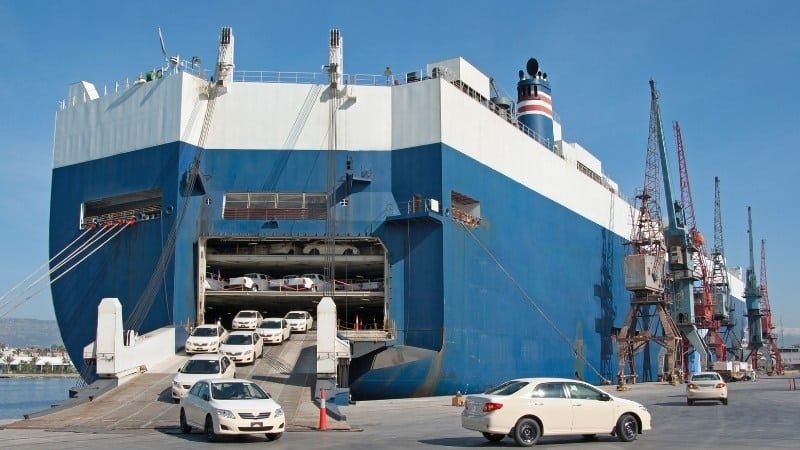In the ever-evolving landscape of logistics, navigating delivery challenges requires a combination of skill and precision. From managing unpredictable weather conditions to addressing traffic congestion and supply chain disruptions, logistics professionals must continuously adapt to ensure timely and efficient deliveries. One of the primary challenges in logistics is the unpredictability of weather conditions. Severe weather events such as storms, hurricanes, or snowstorms can disrupt transportation routes and lead to delays in delivery schedules. To mitigate these challenges, logistics companies often employ advanced forecasting techniques and real-time monitoring systems to anticipate and prepare for potential disruptions. By closely monitoring weather patterns and implementing contingency plans, logistics professionals can minimize the impact of adverse weather on their operations. Traffic congestion is another common challenge faced by logistics companies, especially in urban areas with high population densities. Congested roads can significantly increase delivery times and reduce overall efficiency.

To overcome this challenge, logistics companies leverage technology solutions such as route optimization software and GPS tracking systems. By analyzing traffic patterns in real-time and identifying the most efficient routes, logistics professionals can minimize delays and optimize delivery schedules. Supply chain disruptions, such as supplier shortages or production delays, can also pose significant challenges for logistics companies. These disruptions can lead to inventory shortages, increased transportation costs, and customer dissatisfaction. To address these challenges, logistics professionals must maintain strong relationships with suppliers, implement robust inventory management systems, and develop contingency plans to mitigate the impact of disruptions. By diversifying their supplier base and maintaining adequate buffer stock, logistics companies can minimize the risk of supply chain disruptions and ensure uninterrupted delivery operations. In addition to external challenges, logistics professionals must also contend with internal factors such as labor shortages and capacity constraints. The shortage of skilled workers in the logistics industry can make it difficult to meet growing demand and maintain high service levels.
To address this challenge roll on roll off freight, logistics companies invest in employee training and development programs to attract and retain top talent. By providing employees with the necessary skills and resources, logistics companies can enhance operational efficiency and improve customer satisfaction. Capacity constraints, such as limited warehouse space or vehicle availability, can also impact delivery operations. To optimize capacity utilization, logistics companies employ advanced inventory management techniques and leverage technology solutions such as warehouse management systems and vehicle tracking software. By optimizing warehouse layout and implementing Just-In-Time inventory practices, logistics professionals can maximize the use of available space and minimize storage costs. In conclusion, navigating delivery challenges in the logistics industry requires a combination of skill, precision, and adaptability. From managing unpredictable weather conditions to addressing traffic congestion and supply chain disruptions, logistics professionals must continuously innovate and implement effective strategies to ensure timely and efficient deliveries. By leveraging technology solutions, maintaining strong supplier relationships, and investing in employee training, logistics companies can overcome these challenges and deliver superior service to their customers.
